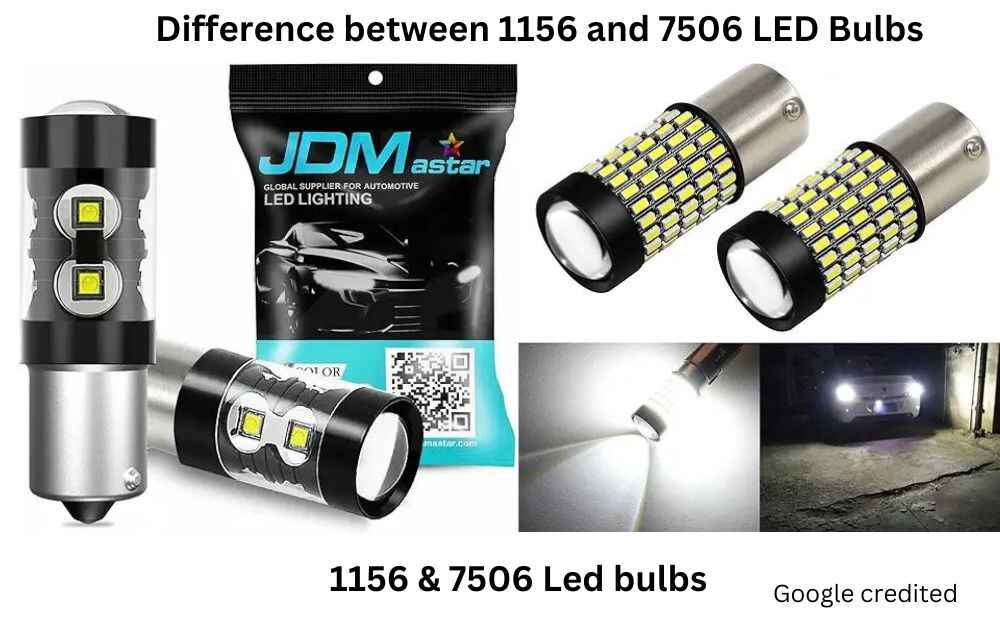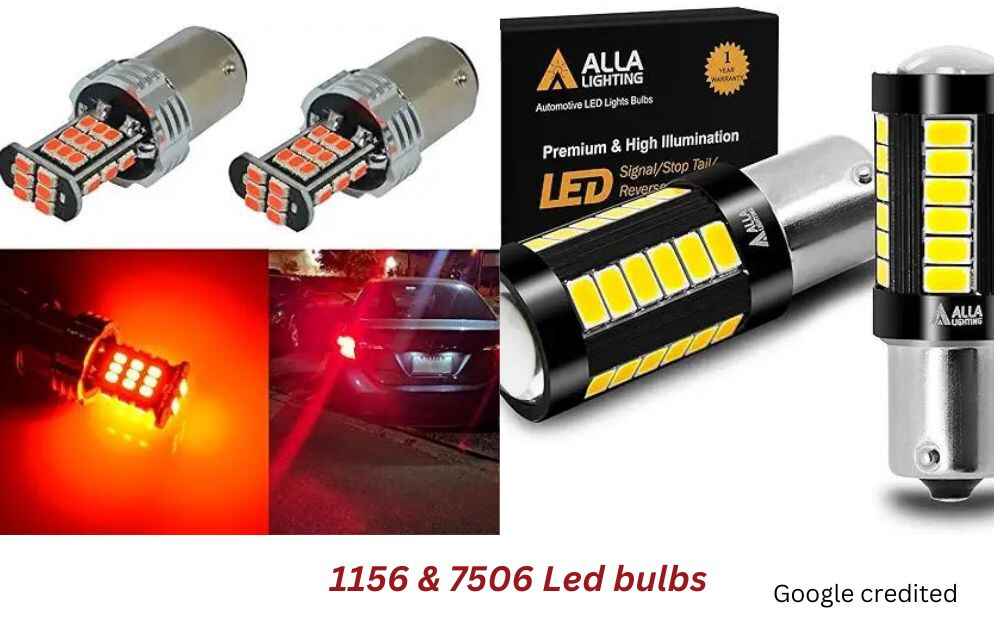In the world of lighting, even the smallest details can make a big difference. Two bulbs that often cause confusion among consumers are the 7506 and 1156 bulbs. These bulbs may seem similar at first glance, but they have distinct features and applications that set them apart. In this comprehensive guide, we’ll delve into the difference between the 7506 and 1156 bulbs, helping you make informed decisions for your lighting needs.

Understanding the Specifications
To grasp the disparities between the 7506 and 1156 bulbs, it’s essential to start with their specifications. Firstly, let’s talk about wattage and voltage. While both bulbs typically operate at 12 volts, they may have different wattage ratings. The 7506 bulb usually has a lower wattage compared to the 1156 bulb, which can affect energy consumption and brightness levels.
Another crucial aspect is filament design. The filament is the part of the bulb that emits light when heated. The 7506 bulb often features a single filament design, whereas the 1156 bulb may have a dual filament design. This difference impacts the bulb’s functionality and suitability for various applications.
Lastly, consider the physical dimensions and base types of these bulbs. The 7506 and 1156 bulbs may have similar bases, but slight variations in size can affect compatibility with specific fixtures and sockets.
Remember 1156 and 7506 are not interchangeable.
Automotive Applications
Both the 7506 and 1156 bulbs are commonly used in automotive lighting systems. Let’s examine their uses in greater depth:
- Tail Lights: Tail lights play a crucial role in vehicle safety, alerting drivers behind when the brakes are applied. While both bulbs can be used for this purpose, the 7506 bulb is often preferred for its lower wattage and energy efficiency.
- Turn Signals: Turn signals require bulbs that emit a bright, visible light to indicate a change in direction. The 1156 bulb, with its dual filament design, offers increased brightness compared to the 7506 bulb, making it suitable for turn signal applications.
- Brake Lights: When it comes to brake lights, quick response time and high visibility are paramount. The 1156 bulb’s dual filament design provides a brighter illumination, ensuring that other drivers can easily see when a vehicle is braking.
Household and Commercial Uses
Beyond automotive applications, both the 7506 and 1156 bulbs have uses in household and commercial settings:
- Indoor Lighting: Whether it’s illuminating a room or providing task lighting, these bulbs can be used indoors for various purposes. The 7506 bulb, with its lower wattage, may be preferable for energy-conscious consumers looking to reduce electricity usage.
- Outdoor Lighting: From porch lights to security floodlights, outdoor lighting requires bulbs that can withstand the elements. The 1156 bulb’s higher wattage and brightness make it suitable for outdoor applications where visibility is key.
- Specialty Applications: In specialty lighting scenarios, such as decorative fixtures or accent lighting, either bulb may be used depending on the desired effect. Consider factors like color temperature and compatibility with specific fixtures when choosing between the two.
 Cost and Energy Efficiency
Cost and Energy Efficiency
When comparing the cost and energy efficiency of the 7506 and 1156 bulbs, several factors come into play:
- Initial Cost Comparison: The price difference between these bulbs may vary depending on factors like brand and retailer. While the 7506 bulb tends to have a lower wattage and initial cost, the 1156 bulb may offer higher brightness at a slightly higher price point.
- Long-Term Operational Costs: Energy consumption and bulb lifespan are critical considerations for long-term cost-effectiveness. The 7506 bulb’s lower wattage translates to reduced electricity usage, potentially resulting in lower utility bills over time. Additionally, both bulbs may vary in terms of their lifespan, affecting replacement frequency and maintenance costs.
Versatile uses of 7506 bulbs
Discover the many ways you can use 7506 bulbs to brighten up your life. They’re great for cars, like as brake lights and turn signals, and they work just as well in your home lighting.
Whether you’re a car fan or want better indoor lighting, 7506 bulbs are perfect. They’re reliable and efficient, making them a must-have for all sorts of places.
Use them on the road for clear visibility and safety, or indoors for a nice, bright light. There are so many uses for 7506 bulbs – explore them all to make the most of their potential and make your lighting even better.
These bulbs can handle different situations with ease, so you can light up any space effortlessly. Upgrade your lighting setup today and see for yourself how versatile and dependable 7506 bulbs really are.
Factors Influencing Choice
When selecting between the 7506 and 1156 bulbs, consider the following factors to ensure the best fit for your needs:
- Vehicle Compatibility: If you’re replacing bulbs in your vehicle’s lighting system, consult your vehicle’s manual or a trusted mechanic to determine the appropriate bulb type and specifications.
- Performance Requirements: Assess your lighting requirements, including brightness, visibility, and color temperature preferences. Factors like safety regulations and personal preferences should also be taken into account when choosing between the 7506 and 1156 bulbs.
Read also: 1. Difference between low beam and high beam headlights.
2. Are 3157 and 3057 bulbs interchangeable
Conclusion: Differences Between the 7506 and 1156 bulbs
In conclusion, understanding the differences between the 7506 and 1156 bulbs is essential for making informed decisions about your lighting needs. While both bulbs have their advantages and applications, their variations in wattage, filament design, and brightness levels can significantly impact their suitability for specific uses. By considering factors such as vehicle compatibility, performance requirements, and long-term cost-effectiveness, you can choose the right bulb to illuminate your space effectively and efficiently.
Hi, I’m Malik Suhail—an SEO expert, web designer, and passionate blogger with 2 years of experience. I specialize in crafting content that is not only informative but also tailored to meet the needs of my readers.
I write about diverse topics, always striving to simplify complex ideas and provide valuable insights that resonate with my audience. Whether it’s about SEO strategies, web design trends, or blogging tips, I am committed to delivering well-researched, practical, and easy-to-understand information.
My mission is to help readers navigate the digital world with confidence and clarity. I believe in adding value through authentic content that inspires action and delivers results.


